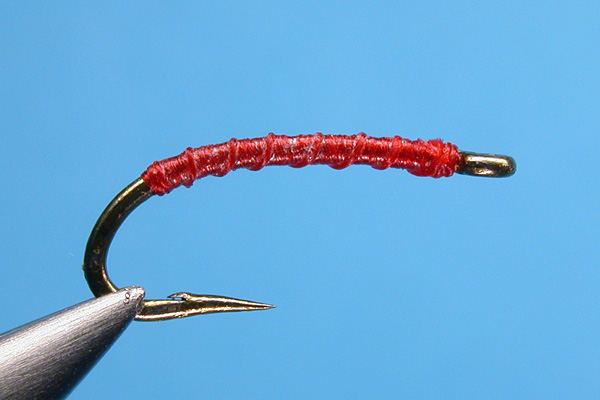Artificial vs natural body materials should also be considered for dry flies. For example, a Pink Lady with a silk floss body will absorb more water, become translucent, and change in body color to a red from pink. Nylon floss will remain the same color and translucency (minimal). Since the design of the Pink Lady predates Nylon floss, the natural silk is probably the way to go.
Oil-based floatants will change the color of silk and natural dubbing bodies. Rodmakers are faced with a similar problem -- the old cane rodmakers used silk thread for windings. However, some of them treated the silk with dilute PVA or shellac in order to prevent the oil in the varnish from turning the winds translucent. Other rodmakers liked the translucence. As we know, oils on many natural materials, e.g., paper, turn them almost transparent. In the US prairie states, the old sod houses used oiled paper as windows, glass being too expensive. [Semi-precious stones, especially emeralds, are often oiled to improve the appearance, as well. Watch for this.]
IME, the posts of parachute flies are best when natural white hair, or Antron white are used. I tied some with yellow polyester posts and could never get a rise. I ascribe this to UV reflectance, the yellow poly is very dark in the UV. I had the same problem when I tied Hairwing Royal Coachmen with yellow kip wings.





